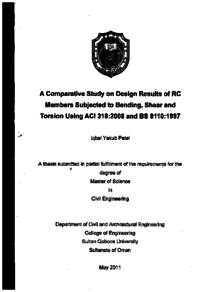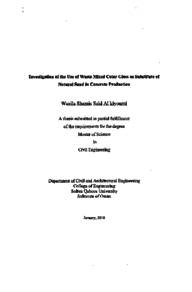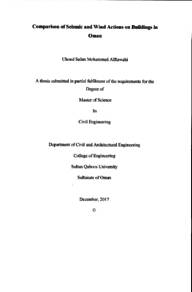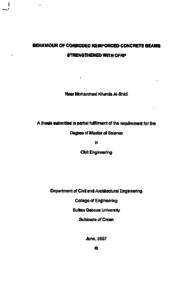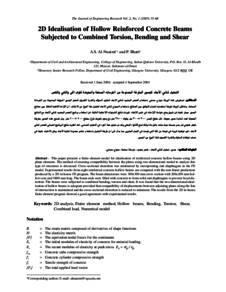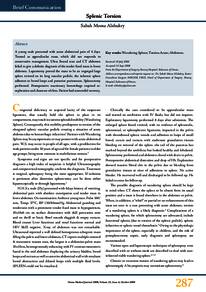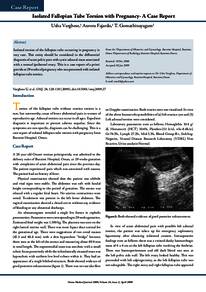Document
A comparative study on design results of RC members subjected to bending, shear and torsion using ACI 318:2008 and BS 8110:1997
Gregorian
2011
Language
English
Subject
English abstract
In this research, a comparative study was conducted on the amount of required reinforcements using AC1318:20008 and BS8110:1997 codes. The comparison included cases of design of rectangular beams subjected to combined load of bending, shear and torsion, and punching shear at slab column connection. In addition, the study included comparison of the differences in the amount of reinforcement required due to different codes' factors of safety for design loads. As regards to serviceability limit state, the code requirements were compared for control of crack width and deflection. A study was also conducted to compare code's requirements for bar anchorage and lap lengths and its effects on the required reinforcement. It was found that the BS code asks for less amount of reinforcement than the ACI code for the same design load. However, when the load safety factors are included in calculating the design load, the ACI will require less reinforcement. The punching shear strength of flat slab-column connections calculated using the ACI code was found to be more than that calculated using the BS code for the same geometry, material and load conditions. The minimum area of flexural reinforcement required by ACI code is larger than BS code while the opposite is true case for the minimum area of shear reinforcement. The anchorage and lap lengths, and the limits on maximum bar spacing to control crack widths differ between the codes based on different conditions. The estimated total deflection by the ACI code was found to be more than the estimation made by the BS code. The study showed that both codes are good choice for design in Oman but due to the fact that Sl units are becoming more and more enforced internationally, material that is available in Oman market is conversant more towards Sl units and in order to uniform the knowledge of the design, municipality and site engineers, it is recommended to use the BS code as a first choice until an Omani code is established. In case that both codes unify the load safety factors while keeping the other design equations as they are now the BS code will have preference on the ACI due to less reinforcement requirements which leads to cheaper construction
Description
Thesis
Member of
Resource URL
Category
Theses and Dissertations

